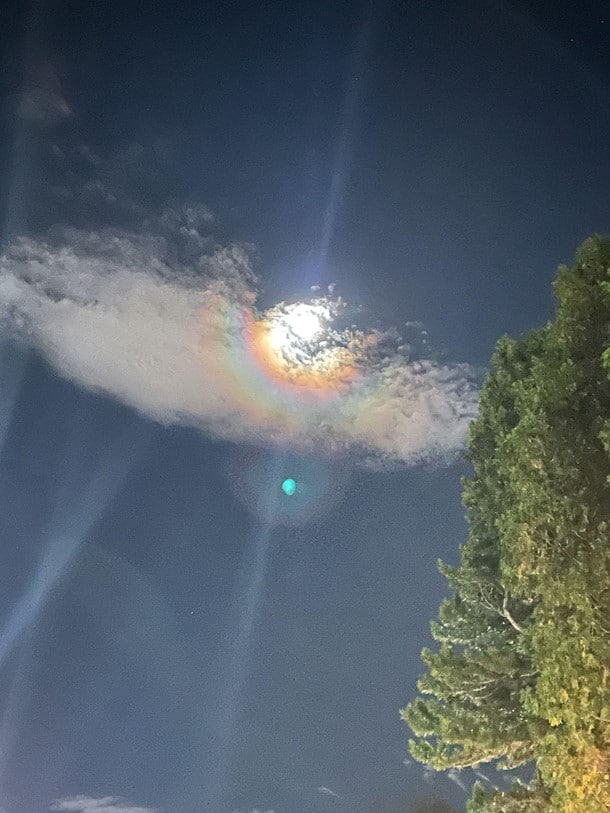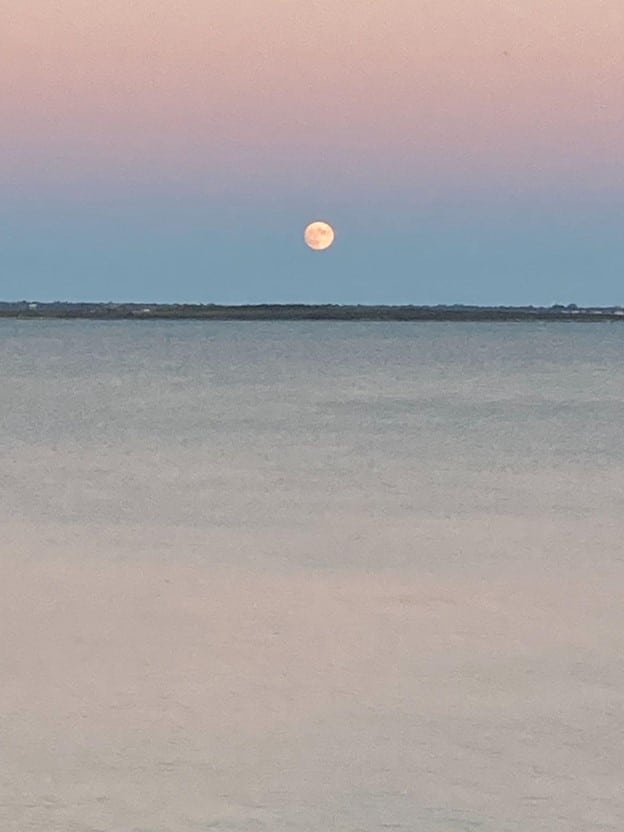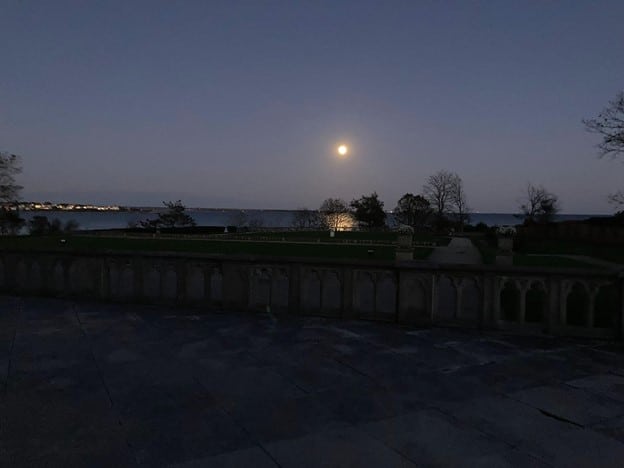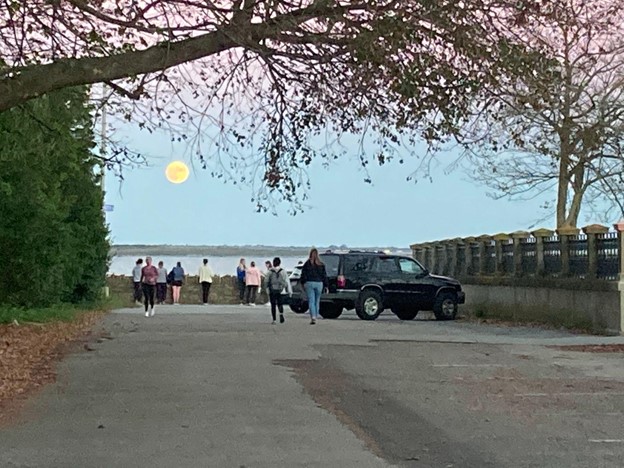By: Amanda DiNatale | Staff Writer
While this past week of midterms was a source of stress and fatigue for many students, a plethora of natural phenomena brightened the skies above campus. Beginning Sunday, October 17, a beautiful partially circular rainbow encased the moon. Looking almost like a halo around the moon, this rare celestial event is known as a “lunar corona,” which occurs when the moon’s light diffracts into surrounding ice and water particles.

On the following day, the partly cloudy morning made way for a striking double rainbow over the ocean. Beyond being an adorable Instagram photo-op and a twice-as-lucky omen, the double rainbow also provided an interesting study in light reflection. The two rainbows seen are scientifically known as the primary and secondary rainbows. Caused by a typical light refraction, the primary rainbow is the more vibrant inside rainbow, with colors organized as usual with red on the outside moving towards violet on the inside. The secondary rainbow, however, which is more dull with colors organized from violet on the outside to red on the inside, comes from a double refraction as the sun’s light reflects through the prism source once again.

The next night, Tuesday, October 19, an enormous, nearly full moon peaked early against a painted pink and blue sky. The grand size of the moon halted viewers in their tracks as students diverged from their nightly duties to stare over the cliff walk ledge and marvel at the sky (even as an avid astronomer myself, I have never seen a moon as spectacular or as large as this one appeared). However, the grandeur of the moon was solely a pretense known as the “moon illusion,” wherein the moon is perceived as larger than its actual size when it is rising or setting close to the horizon. Although there is no explanation as to why human brains experience this illusion, one trick for snapping out of it is to hold an index finger up to the moon and notice that it is still about the same size as your fingernail. (This hack is quite useful as it would have allowed me to be on time to my meeting rather than puzzling out the moon’s varying size.)


Lastly, on Wednesday, October, 21, the full moon illuminated the clear night sky above Newport. This full moon, falling approximately one month after the Harvest Moon, has been given names and meanings from many different cultures. Among its most popular names are the Hunter’s moon, Travel Moon, and Blood Moon: each relating to the coming autumn months of fattened prey, migration, and the changing leaves, respectively. In the coming weeks, this moon will wane away into the November 4 new moon.

Although these magnificent events were brief, they were greatly appreciated on campus. From countless posts on social media to crowds gathered on the cliff walk standing in awe of the view before them, the student body made time to witness and wonder at the sky. These much needed breaks for imagination and contemplation let students find beauty and peace within the chaos of a strenuous midterms week, and will hopefully inspire future stargazing endeavors.















